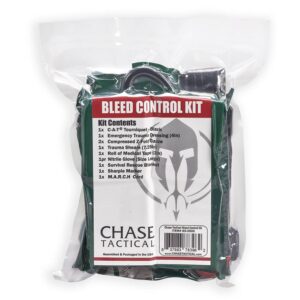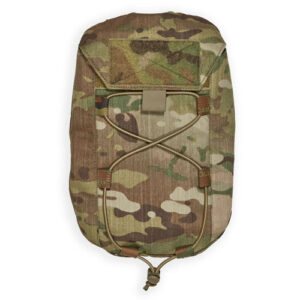Essential Tips for Organizing Camping Equipment
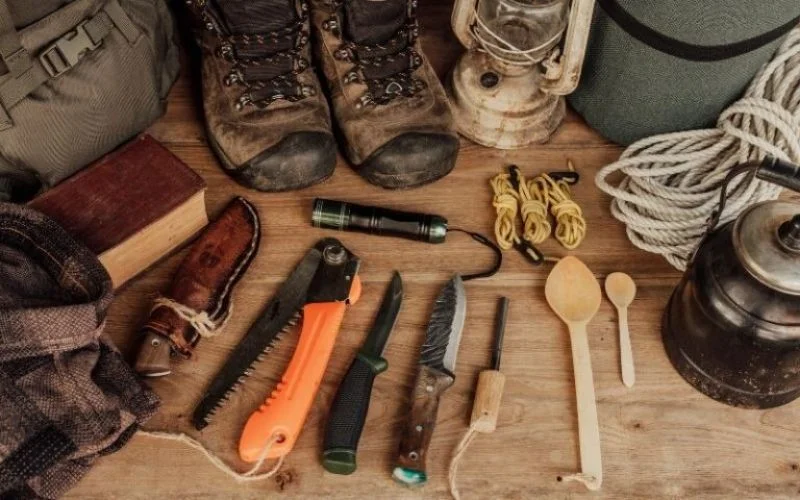
Camping is an incredible way to disconnect from the daily grind and immerse yourself in nature, enjoying the fresh air. But as many seasoned campers know, a good camping experience starts long before you pitch your tent. An important ingredient to a successful camping experience is an efficient gear arrangement. The right organization saves time and makes the trip enjoyable and less strenuous.
In this blog, we will discuss the best ways to organize your camping equipment, allowing you to spend your time on an adventure rather than searching for missing gear. Whether you go away for the weekend or a longer backpacking, these suggestions will help keep your gear clean, accessible, and well-maintained.
Key Items You Shouldn’t Skip for a Successful Camping Trip
It’s essential to ensure you have all the necessary outdoor gear. Here’s a quick checklist of items that add real value to your camping adventure:
- Lantern and extra batteries for light after sunset.
- A reliable compass for navigation during hiking.
- Cots, mattresses, and pillows for a comfortable night’s sleep.
- Chairs, a picnic table, and a table for eating and relaxing.
- A tarp and rope for emergency shelter or covering supplies.
- Pots and kitchen essentials for cooking.
- Durable boots and shoes are suitable for different terrains.
- Games and entertainment to keep kids and people engaged.
- A filter for clean drinking water and portable storage options, such as a Chase Tactical hydration pouch.
What are the Tips for Organizing Camping Equipment?
A well-organized camping setup saves time, space, and stress. Here are essential strategies to streamline your gear and maintain quality throughout camping. These tips are designed for anyone, whether you’re planning a solo trip or with a group, and aim to strike a balance between price, accessibility, and enjoying life outdoors.
1. Categorize Your Camping Gear
Group all of your camping equipment into general categories. This makes it simpler to organize and pack in a more efficient manner. Examples of categories are:
Shelter: tents, sleeping bags, sleeping pads, hammocks
Cooking: stoves, fuel, cookware, utensils, food storage
Personal: clothing, hygiene products, first aid kit
Navigation and safety: maps, GPS, flashlights, emergency kits
Miscellaneous: water bottles, multi-tools, matches
Clear categories also help a lot when packing for trips. A backpacking trip, for instance, will not include heavy cookware; instead, it will use multi-purpose, lightweight cookware. Labeled bins or containers by such categories make it possible to find items while traveling.
2. Use Clear And Stackable Bins
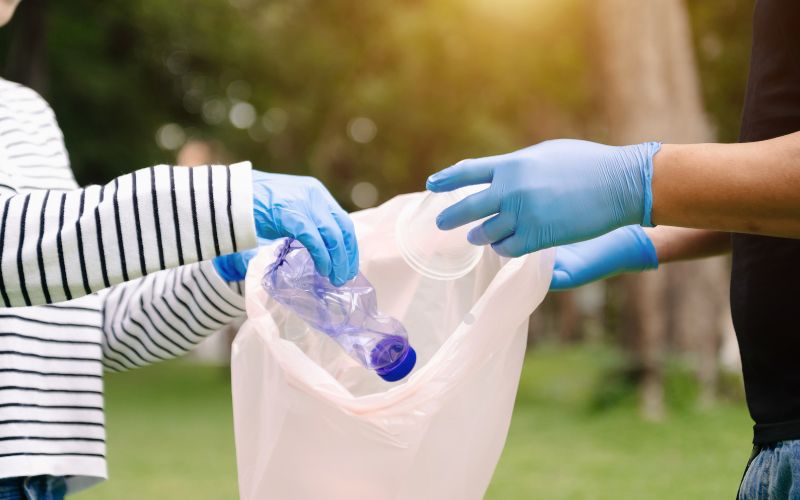
Clear bins are a must-have for every camper looking to stay organized. They protect your gear from various forms of dirt, dust, and moisture, allowing you to see what’s inside at a glance. Look for stackable, heavy-duty bins with secure lids. To add more organization, label each bin according to the category or type of gear inside.
Example
Bin 1: Cooking gear and utensils
Bin 2: Tent and shelter supplies
Bin 3: Lighting and power sources
The stackable bins are handy for storing and moving camping tools, especially if you have a place at home or a car with a large enough trunk space to store them.
3. Create a Grab-and-Go Backpack for Essentials
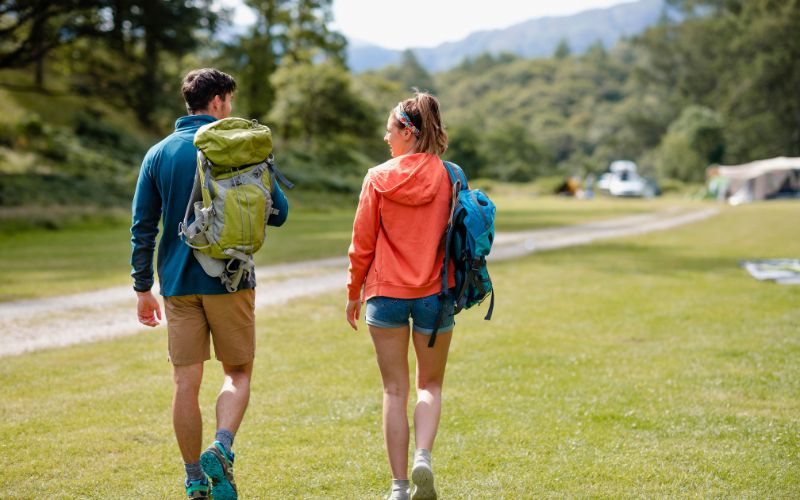
A well-stocked “grab-and-go” backpack will save the day for both short and long camping trips. Ensure you include a first aid kit, a navigation tool, a flashlight, a multi-tool, a water bottle, and a compact snack pack. This will ensure you always have something ready for an emergency hike or an unexpected need, without having to open multiple bags.
If you’re a regular camper, saving this pack and your other camping equipment will save you time and effort when preparing for your next trip.
4. Utilize Color Coding for Quick Identification
Color coding is one of the most effective ways to quickly identify your equipment when you are in a jumble of similar-looking items. You can assign a color to your categories or types of equipment using zip ties, tape, or colored bags. Here are some examples:
- Red are first aid and emergency supplies
- Blue are hydration items: water bottles, water purifiers
- Green are the navigation tools and maps.
- Yellow is cooking equipment.
This system will help you find and track the most important items in your bug-out bag immediately, thus reducing the possibility of forgetting them when packing up.
5. Pack Smart with Compression Sacks
Compression sacks are useful for maximizing space, especially for bulky items such as sleeping bags and clothing. By compressing them, you can save space and keep your gear dry. Some sacks are even waterproof, giving even more protection from rainy trips.
Store different kinds of items according to type in sacks of various colors. For instance, keep all your clothes in one sack, your sleeping gear in another, and your rain gear in a separate one. These compact sacks make stuffing everything into your gear bag easier.
5. Have a Designated Storage Space for Camping Gear at Home
Having a designated area in your house for camping gear will save you time and ensure your gear remains in excellent condition. A garage, closet, or any spare room can do. Create shelving to optimize available storage space and organize your bins and bags. Hang bulkier items, such as backpacks, to free up space and prevent wear.
If you have little space indoors, outdoor waterproof storage should be the solution. This means that your gear is protected from both moisture and temperature changes.
6. Plan for Easy Accessibility in Your Vehicle

If you are car camping, keep your vehicle packed. Keep the things you’re most likely to need, such as food, cooking gear, and a first aid kit, on or near the top of your vehicle so you can easily grab what you need. Coolers or luggage should be loaded at the rear or the floor of your car.
Bulky items like tents or large backpacks can be kept surprisingly neatly on a roof rack, saving all the inside space; now, tie everything up securely so it does not shift or damage during transportation.
7. Use Packing Cubes and Stuff Sacks for Small Items
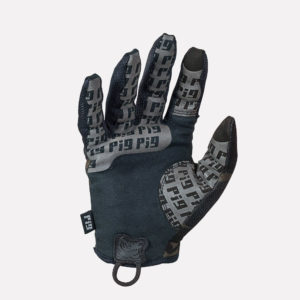
These cubes and packing sacks can be used beyond travel. They make amazing organizers for small camping items such as socks, toiletries, or cooking tools. Instead of a tangled mess in your backpack or storage containers, smaller bags help keep the contents organized.
Cube 1: Toiletries and hygiene
Cube 2: Socks, gloves, headlamps
Cube 3: Cooking tools and utensils
This technique also enables quick packing out of your campsite and keeps you organized if you go on multi-day excursions.
8. Rotate Your Gear Seasonally
Depending on your diverse camping adventures, you will need different equipment during various seasons. This technique helps you save time since it organizes your storage and does not require swapping items around with the seasons. For example, during the summer season, you stash away heavy sleeping bags, winter outfits, and cold-weather equipment, and bring light items to the top.
This will help ensure that you avoid including items you wouldn’t need for your backpack, and eventually, you will be able to find the essentials for the seasonal periods when it’s time to hike.
Conclusion
Organizing your camping equipment doesn’t have to be a chore. A few simple strategies with the commitment of post-trip maintenance will get your gear ready at a moment’s notice. I’ve shared some ideas for establishing an efficient, customized system: clear bins and compression sacks, color-coded systems, and seasonal rotation.
Whether packing for the whole family to go camping or preparing for an extreme backpacking adventure, these organization methods will keep your gear available, safe, and in top shape.
Frequently Asked Questions
How should I organize small camping supplies?
Packing cubes, small stuff sacks, or clear bags can organize and visualize utensils, toiletries, gadgets, and other small items.
How do I store my camping equipment when it’s not in use?
Store all your equipment in labeled bins or on shelves in a cool, dry location. Whenever possible, hang items like tents and backpacks to reduce wear and tear.
May I leave my camping gear packed in my car?
Although first aid kits and canned food can be stored in a car, other items, such as sensitive instruments, should be protected from temperature fluctuations for a short time.
What’s the best way to store small camping items like batteries, rope, or a compass?
Use labeled pouches or small clear containers to group similar items. This keeps your rope, batteries, and compass easily accessible, preventing them from getting lost in larger bins.
How can I make camping more comfortable for kids and pets?
Bring kid-sized chairs, extra pillows, familiar games, and a separate mattress or cot for each child to ensure a comfortable and enjoyable experience. For your dog, pack a travel bed and ensure your camping tents are spacious enough for everyone.

